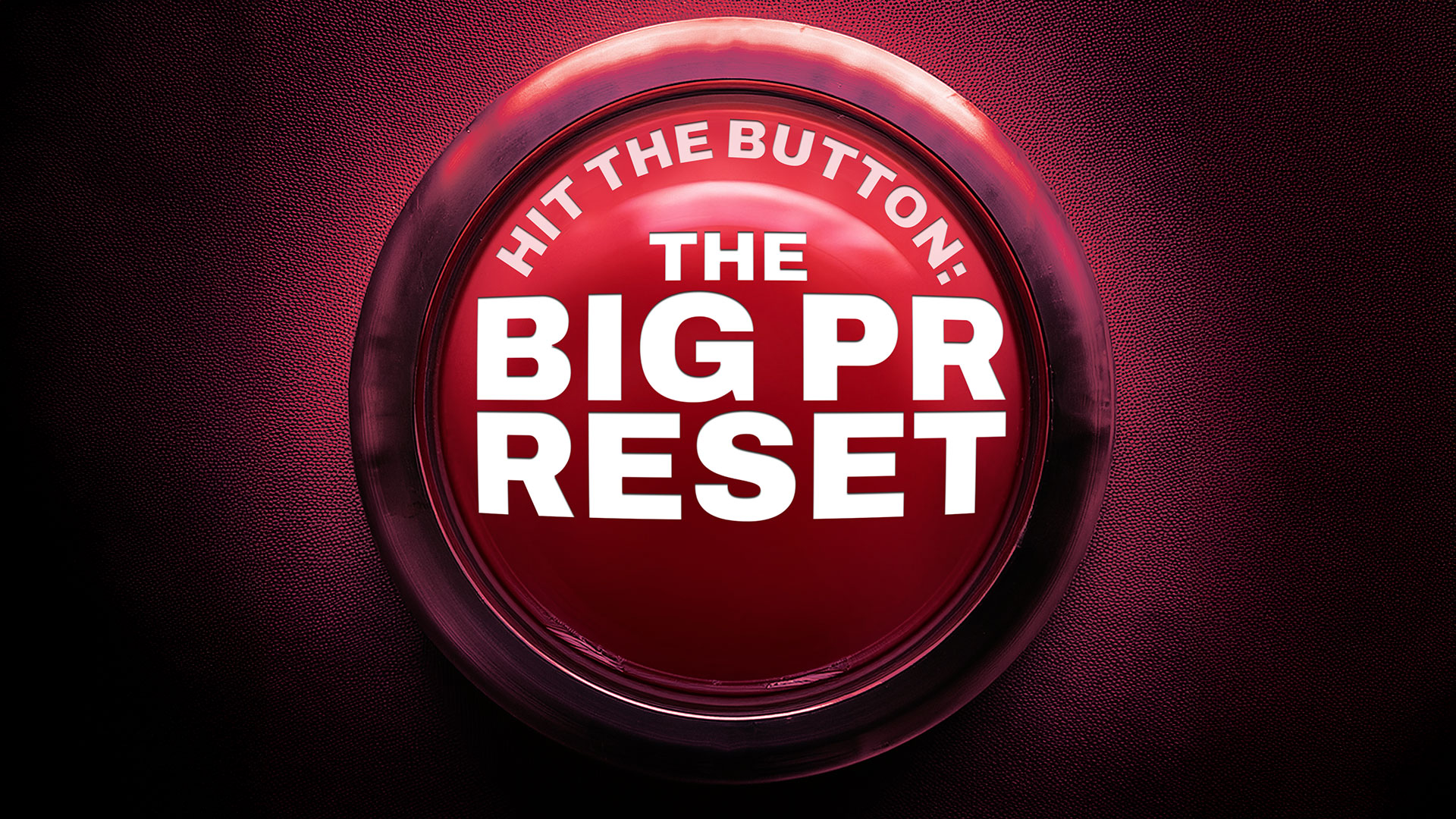In this blog, Natalia Kaczmarek, Digital Content Manager at Whiteoaks, discusses:
- How AI is being used in B2B tech PR
- Why AI is a tool and not a replacement for human judgement, creativity and relationships
- The importance of responsible use and transparency
How many times have you heard about artificial intelligence (AI) this week?
A quick scroll on LinkedIn, a news headline, or even a passing reference in a Netflix drama, conversations about AI are becoming impossible to ignore.
AI may have started in the tech world, but it’s now influencing how B2B businesses across all industries communicate, compete and grow – and public relations (PR) is no exception.
AI in PR is making a measurable impact. However, as PR agencies and in-house PR teams rush to adopt new tools, there’s an important balance to strike.
In B2B tech PR, the value of AI lies in how it supports professionals, not replaces them.
Yes, it can improve efficiency. Yes, it can make data analysis easier.
But strategy, creativity and relationship-building still sit firmly in human hands.
The use cases for AI in public relations
Here are some examples of where AI tools can add value to PR professionals:
#1 In-depth, faster desk research
Research is one of the most common applications of AI in B2B tech PR. In fact, a recent study conducted by PR Week highlighted that three out of four agencies already use AI for this purpose.
By scanning news coverage, summarising long reports and spotting emerging themes across multiple sources, AI helps PR teams get up to speed on new topics quickly and in more depth. It can surface stats, pull quotes from thought leaders and highlight common narratives, saving hours of manual research.
For PR consultants working on complex subjects like cyber security, data analytics or cloud infrastructure, tools like ChatGPT and Perplexity can also breakdown technical concepts or compare industry viewpoints. This means teams can spend less time gathering information and more time applying it strategically.
#2 Overcoming writer’s block
We’ve all been there – staring at a blank page, and no matter how hard we try, the ideas just won’t come. This is where AI tools can really help. Whether writers need ideas for a headline or a structure for a blog, AI can help generate outlines or suggest different angles, helping them get unstuck.
AI can be a helpful starting point, but the content still needs to be shaped, checked and edited by a human content specialist. Tone of voice and context still matter, and that’s something AI can’t fully replicate. But when used thoughtfully, AI can help nurture the seed of an idea into something more structured, giving writers a solid base to build on.
#3 Global campaign support
Another common use of AI across PR is transcription and translation. For teams managing multiple interviews, international clients or content that needs to land in more than one language, AI can be a huge time-saver.
Let’s be honest, no one speaks every language. AI tools can help transcribe interviews quickly and provide initial translations of press releases, articles or social posts. These translations aren’t final, but they offer a solid starting point for creating accurate, local-language versions that reflect cultural nuance and tone.
This means faster turnaround across time zones, greater consistency in messaging and more time spent on tailoring content to local relevance, not just getting it out the door.
#4 Media monitoring and reporting
Finally, AI can help PR teams stay on top of coverage, conduct real-time media monitoring and streamline admin tasks.
With tools like Google Alerts often falling short, AI can fill the gap for things like real-time monitoring, competitor tracking and sentiment analysis, scanning the web in real time to show how people are actually talking about a company or issue.
By tracking keywords, coverage patterns and industry conversations, AI helps B2B tech PR teams respond quickly when stories break or sentiment starts to shift.
Where AI won’t replace human PR professionals
There’s no doubt that AI tools in PR are useful. Otherwise, PR professionals wouldn’t be investing in them.
However, not everything in PR can, or should, be handed over to AI algorithms.
For a start, PR is rooted in trust and relationships, and even an AI system running the Matrix wouldn’t be able to replicate human awareness, sensitivity, good judgment and ethics.
Building strong connections with journalists, navigating tough stakeholder conversations, handling a crisis with sensitivity, developing content that balances thought leadership with brand awareness, all of these require judgement, context and emotional intelligence.
The same applies to strategy.
Understanding the correlation between clients’ business and PR goals, interpreting nuance and making informed decisions based on years of experience is where human PR teams still matter most. AI can support the work, but it can’t set the direction.
Creativity too has its limits with AI.
While tools can generate ideas or scan past campaigns for inspiration, they lack the insight to craft a pitch that lands with a specific journalist, or an angle that differentiates a client in a crowded market. After all, AI and ML learn from existing data sets, so originality can be limited.
In B2B tech PR, where technical accuracy and positioning are key, relying too heavily on AI risks eroding credibility.
The real opportunity: support, not substitution
The real opportunity for AI in B2B tech PR lies in its ability to support teams, helping them work faster, smarter and with greater precision.
Used well, AI can automate the heavy lifting, but it needs clear boundaries.
Research still needs validating.
Media outreach still needs the human touch.
Thought leadership content and social media posts need skilled writers to avoid rinse and repeat-style content (please remove that rocket emoji and any mention of a cornerstone…). With LinkedIn as the main platform for B2B tech companies, it’s worth remembering that it prioritises content with originality and authenticity, and penalises anything that feels generic or AI-generated.
AI’s role will grow in PR
AI in B2B tech PR has a clear and growing role, but it’s not a replacement for people, and it shouldn’t be treated as one.
The PR teams seeing the most value are those using AI to strengthen what they already do well.
They’re not automating creativity.
They’re not outsourcing judgement.
They’re applying AI where it makes sense, and keeping people where they matter most.
As AI tools evolve, so will the opportunities. But the foundation of impactful and measurable PR and strong, long-lasting client relationships will remain very much in human hands.
And as AI becomes more embedded in agency workflows, transparency will matter more than ever, helping clients understand how it’s being used and the value it brings to their campaigns.
Find out about the team of experts (not bots!) behind our PR campaigns and get in touch to learn how we can support your business.







